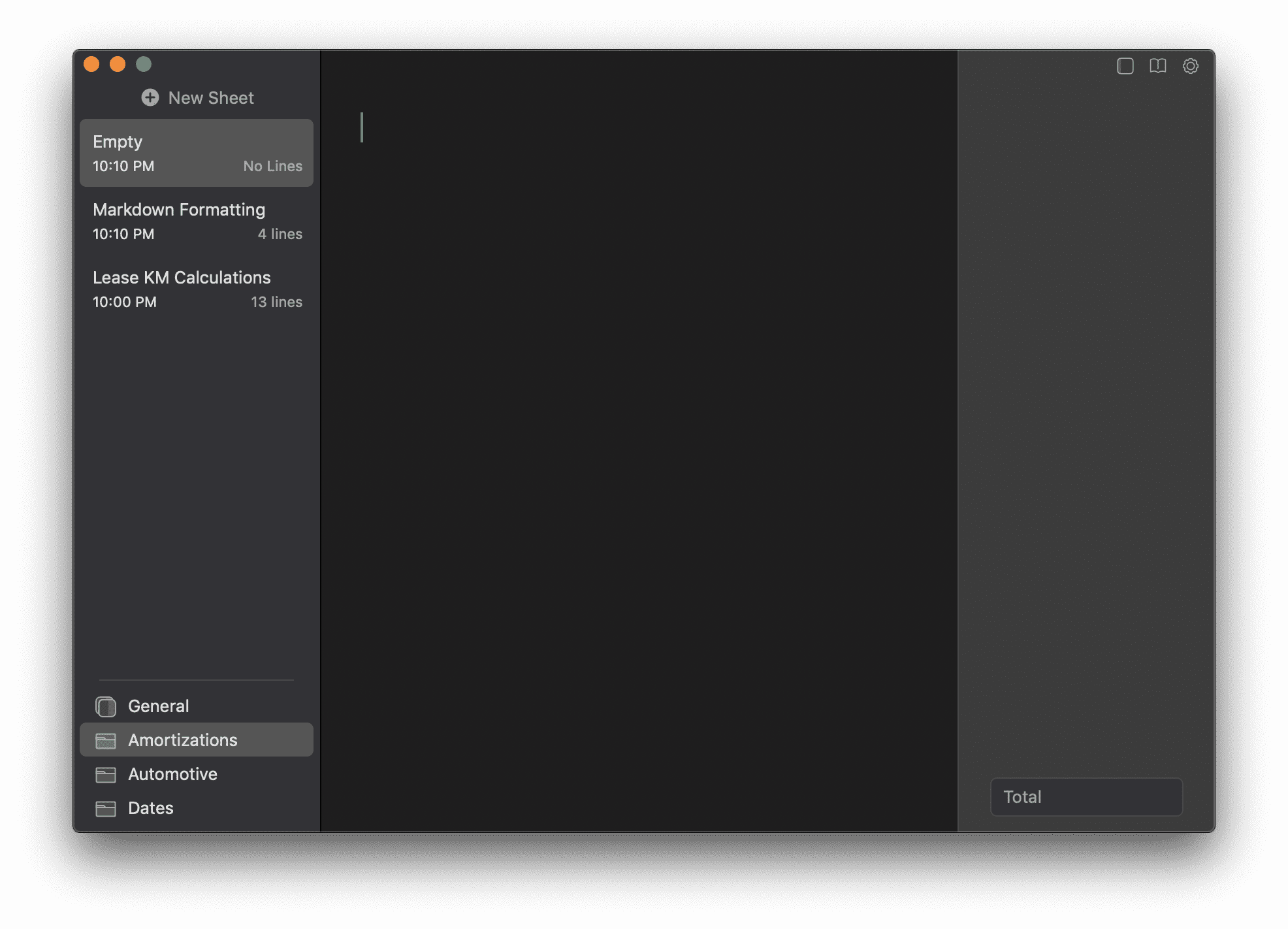
Subscribe via RSS to be notified of new articles. Marc Edwards is the founder and designer at Bjango. Mac external displays for designers and developers Mac external displays for designers and developers, part 2ĭiagnosing common colour management issues Update: If you’d like to use my Soulver variables, Marc Boquet has done all the work for you, and shared his variables preferences file: ist on Gist You can now choose the rectangle tool in Photoshop, and with a single click on the canvas, type in the exact value you need. The results fall on non-integer values (464.5 and 336.5), which isn’t ideal. Let’s say you’re working on an iPad design, and you’d like to figure out the width of columns in a two column design with margins, a gutter and you’d also like to see how it translates to portrait and landscape orientation. Splitting the iPhone 5’s display into two vertically by the Golden Ratio, but excluding the status bar? What about the same for landscape orientation? What if you needed a 10pt margin each side? With those constants set, it’s possible to create an expression to work out how wide each tab bar button would be on an iPhone, if you wanted four even width buttons.

iphi and igr are the inverse of the Golden Ratio.
SOULVER APP FOR MAC
Yes, they’re all in iOS points, rather than Retina pixels. Compare SpeedCrunch VS Soulver 3 for Mac and find out whats different, what people are saying, and what are their alternatives. It’s possible to add custom constants to Soulver. It’s a nice mid-point between a physical calculator (remember those?) and a spreadsheet, often trumping both for speed for designer-y calculations. And for this kind of work, Soulver is my favourite, because of the way it handles constants and multiline equations (disclaimer: Acqualia have no affiliation with Bjango, I just like their app). There’s nothing wrong with shuffling and resizing layers around until reaching the desired outcome, but I often get quicker results by breaking out a calculator. Grids, guides, gutters and ensuring distributed elements land on whole pixel values becomes complex when there’s many moving parts.

When done well, screen design can get quite technical.


 0 kommentar(er)
0 kommentar(er)
